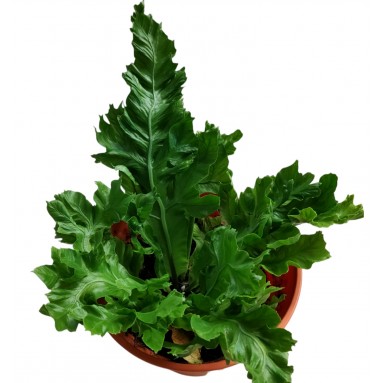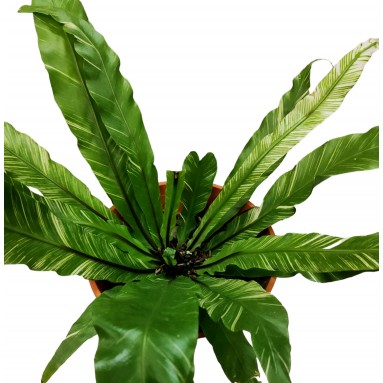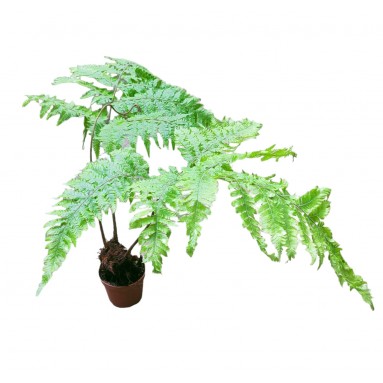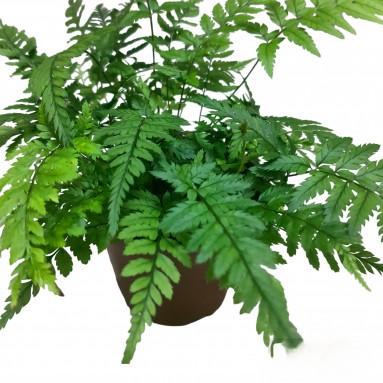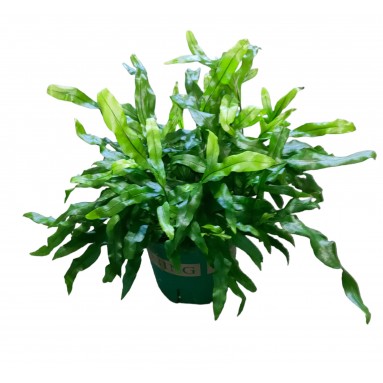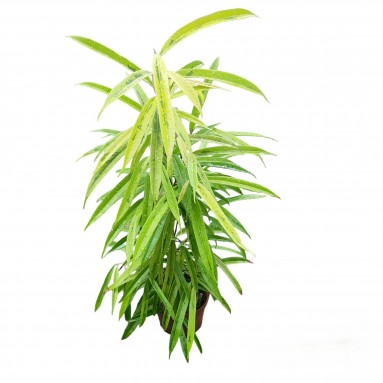GENERAL INFORMATION
- Celebrate this Festive of Lights with these beautiful Fresh Orchids as your indoor centerpiece.
SOIL REQUIREMENT
- Instead of regular soil, they need potting material that mimics a host tree or comes from a tree, such as ground fir tree bark, redwood bark chips, or Monterey pine bark chips.
- Most bark potting media will work.
- Also, make sure there is some perlite, sphagnum moss, charcoal, or coconut husk chips mixed in to help with water retention.
- You can also buy a commercial potting mix that is made special for orchids.
- No matter the potting media you use, make sure there is plenty of air circulation for the rooting system.
- They are accustomed to breezes and wind and don't do well without it.
FEEDING/FERTILIZER REQUIREMENT
- During the growing season, fertilize with a weak orchid fertilizer weekly.
- Cut fertilizer back to once a month during the winter and flowering season.
- Some growers like to give the plant a boost of blooming fertilizer in September or October to provoke a flower spike.
LIGHT REQUIREMENT
- Good light is required for phalaenopsis but they can experience absolutely no direct sunlight, or the leaves will scorch.
- Rotate the plant from time to time to keep growth equal.
- It can tolerate low light and will thrive in an east window, or a shaded southerly or westerly exposure.
- Also, they will do well under common grow lights positioned about a foot from the plant.
- A well-grown plant will have darker green leaves on top and streaks of red or burgundy on the undersides.
WATER REQUIREMENT
- Phalaenopsis is a monopodial orchid, which means that it grows from a single stem.
- It does not have the large water-storing pseudobulbs found on sympodial orchids, although its leaves can store some water.
- Thus, this plant has a lower tolerance for drought.
- During the growing season, water the plant weekly or whenever its exposed roots turn silvery white.
- Water them in the morning and try to keep the potting media slightly damp.
- During the flowering season, you can cut the water back to every other week.
- Water should never be allowed to rest around the stem of the plant.
- This will cause the new leaves to rot, and the plant will die.











